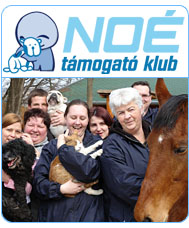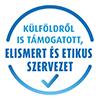|
|
|
| |
The story of the Fox Rescue Project – how we dreamt it up and how it started!
2009.11.13.
The Noah's Ark Animal Shelter started its Fox Rescue project in spring 2009. With the rescue of the first whelp it became clear that an organized fox rescue project must be initiated. We were shocked by the number of foxes and badgers waiting to be rescued – as soon as we announced that we are able to shelter foxes, the small enclosure became crowded in no time. At the moment eight foxes and two badgers have found a home in our shelter. Many wounded puppies end up here, they are all the victims of a new Hungarian hunting fashion, "cubbing"; one of the cubs, a two-months-old badger died of its wounds in two days despite medical treatment.
In Europe, all natural enemies of the fox have been exterminated by humans. Wolves and bears virtually died out, and large birds of prey, capable of hunting a fox down (such as golden eagles, Eastern imperial eagles, white-tailed eagles and the Eurasian eagle-owl) are threatened. As a consequence, fox population is extremely high in some areas. The main argument supporting fox hunting is that decimation of the fox population is necessary in order to prevent epidemics of rabies and other illnesses, and that foxes cause damage by hunting down small game and entering cities looking for food. In our opinion, this argument does not stand. Anti-rabies vaccine has been given to foxes since the mid-1990s with great success, these animals help us regulate rodent populations, and if they show up in cities, the biggest damage they cause is that they tear apart some plastic trashbags. In the countryside, foxes can cause damage by killing poultry; however, a careful farmer should protect his livestock with a proper fence and not by exterminating a species.
Cubbing – which means surrounding a covert, to drive back foxes attempting to escape, and then "drawing" the covert with hounds in training and some more experienced hounds, allowing them to find, attack and kill the young foxes – is an extremely questionable form of hunting, with an inadequate legal control, which at many points contradicts the animal welfare act. This is made possible by declaring foxes and badgers as pests, so their hunting is allowed by all possible methods and means, and not even a hunting license is required if someone wants to spend his free time with this "noble" sport. It is interesting that killing off pests during the season of nursing the offspring (in case of crows and magpies, during hatching) is illegal, the only exception is the fox, which is allowed to be hunted even in national parks and nature reserves.
Cubbing means that specially trained hounds (jagdterriers, Jack Russel terriers, dachshunds etc.) are sent into habited coverts of foxes and badgers. There are several existing methods, but in every case the game has a minimal or no chance to survive, and the only question is how much pain and fear it has to suffer before it dies. The hounds are sent to the covert and they kill the fox inside, or if the game tries to escape, it is shot by the hunter waiting outside. In case the fox defends itself in a dead end, the hunter usually digs the covert up and catches the animal with a snare, or beats it to death with the shovel. In case of badger cubbing, dogs are frequently seriously injured, as badgers tend to defend their coverts ferociously.
The favourite season for cubbing is spring, when hunters, under the excuse of population screening, catch up to 30-40 sucklings per day. These are sometimes killed by the hounds on the spot, but it is also usual that hunters take them and sell them (e.g. on the internet). Some of these whelps face a horrible fate: they will serve as „training prey” for young, unexperienced hunting hounds. There are hunters who keep the whelps in cages, feed them, and use them in such training; these animals live their short lives in continuous horror. The other main season for cubbing is winter; the hounds chase the game out of the covert, and it is shot by the hunter in order to cause as little damage to the fur as possible.
In any case, cubbing is nothing else than a conflict between animals not dictated by natural means but by humans – that is, an animal fight.
Animal fights are strictly forbidden by the criminal code and by the animal welfare act, but cubbing is regarded an exception.
This practice is extremely dubious. Act LV. (1996) about wild animal welfare and hunting lists the accepted methods of hunting explicitly: shotguns, hunting bows, birds of prey and legal types of traps. Hounds are not counted among them! Legal regulations make it possible to hunt foxes at night, with the help of flashlight, hunting nets or chemicals. All this is strictly prohibited in the case of other species!
There are other possibilities for population control: the regulations support using no-kill methods as often as possible, and neutralising foxes in order to limit their numbers instead of catching and killing them.
Regulations for cubbing foxes and badgers are unclear and ambiguous, and several interpretations of the law are possible. All the same, foxes are not in a lucky position in Hungary today, and the reasons why the Noah's Ark Animal Rescue Foundation has to focus attention and energy to the Fox Rescue Project, are clear.
It was our original plan to heal the whelps that end up in our shelter and let them free in nature after treatment; however, this cannot be done. First of all, it proved impossible to ensure an environment where contact with humans would be so limited that the whelps would not get used to human presence. Consequently, most of them became quite tame, some of them even greet humans with a wagging tail. The other obstacle is the lack of a proper nature reserve where the animals could live their lives in peace and safety. In most natural parks and zoos, foxes are in a difficult situation, and living free in nature would mean that they again have to face the dangers of cubbing and fox hunting. Eventually, we decided to build our Fox Reserve and the actual building work started in 2009.
The Fox Reserve, an unprecedented initiative in Hungary (maybe even in Europe), will cover an area of 570 m2 of the animal shelter. We try to provide a comfortable housing for our foxes: the enclosure will be secured with a ferroconcrete layer 1.5 m under the ground, so that the animals can dig and make coverts but cannot escape. The area will be planted with trees and bushes, and a number of dry rotten trees will be provided for shelter and protection. A 2 m high palisade, with an electric fence, will protect both the animals and the visitors, making the observation of the foxes possible at the same time.
All badgers and foxes in the Fox Reserve get the necessary immunisation and we pay attention to their annual vaccination as well. All animals (males as well as females) will be neutralised in order to prevent any unnecessary population growth.
We hope that foxes and badgers in our shelter will enjoy a long and happy life. Foxes in the wild tend to live up to 5 years, but in captivity, if they are properly cared for, they can live as long as 15 years.
 Teilen
Vissza a cikkekhez Teilen
Vissza a cikkekhez
|
|
| |
|
|
|
|
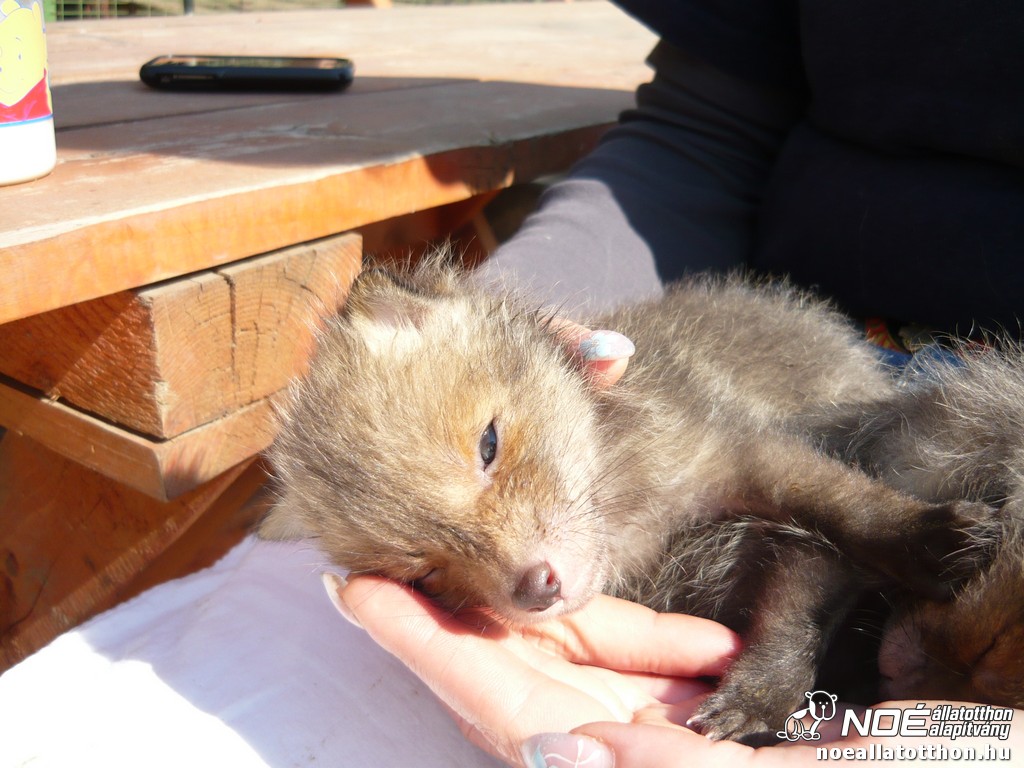 Name: Orsi
Name: Orsi
Geschlecht: Hündin
Geboren: 2013.04.01.
Virtuelle Adoption: Hat kein virtuelles Herrchen/Frauchen
Ich möchte ihn/sie virtuell adoptieren!
Frühere virtuelle Adoptionen zeigen
| Nick |
Ab |
Bis |
| Stáhl Norbert |
2021.05.27. |
2021.08.30. |
| Viki |
2021.02.02. |
2021.03.05. |
Weiteres über das Tier ⇒
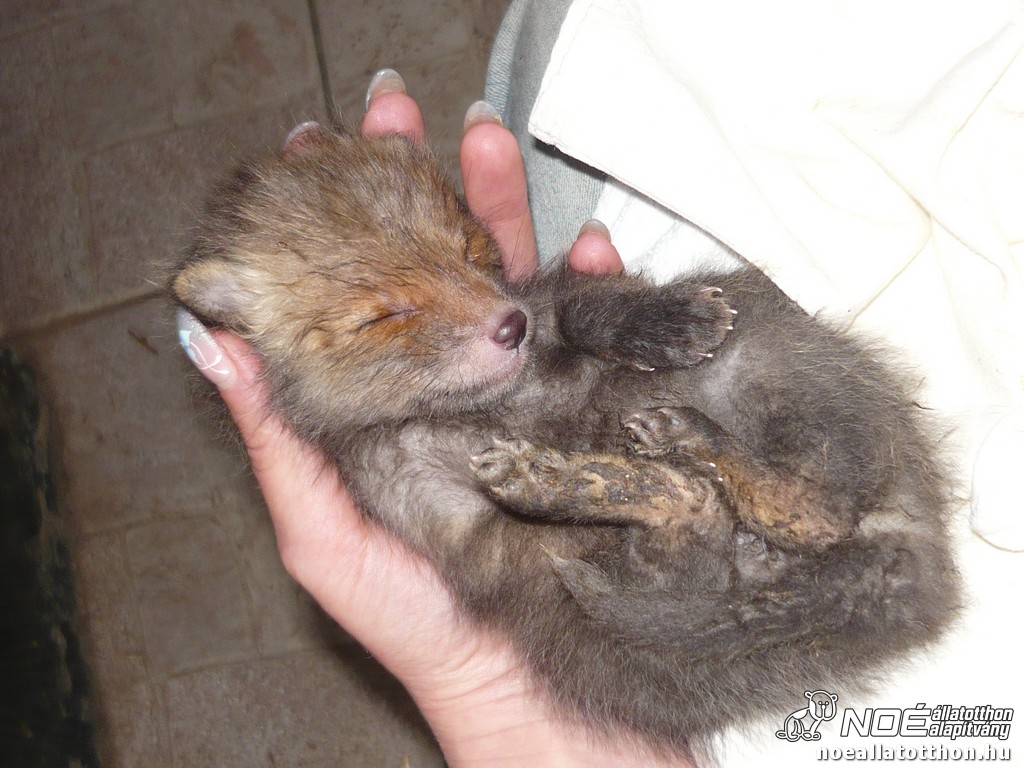 Name: Levi
Name: Levi
Geschlecht: Rüde
Geboren: 2013.04.01.
Virtuelle Adoption: Hat kein virtuelles Herrchen/Frauchen
Ich möchte ihn/sie virtuell adoptieren!
Frühere virtuelle Adoptionen zeigen
| Nick |
Ab |
Bis |
| E. Edit |
2023.10.17. |
2023.10.27. |
Weiteres über das Tier ⇒
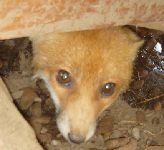 Name: Mosógép
Name: Mosógép
Geschlecht: Rüde
Geboren: 2012.03.01.
Virtuelle Adoption: Hat kein virtuelles Herrchen/Frauchen
Ich möchte ihn/sie virtuell adoptieren!
Frühere virtuelle Adoptionen zeigen
| Nick |
Ab |
Bis |
| Kallós Réka |
2022.10.06. |
2022.11.06. |
Weiteres über das Tier ⇒
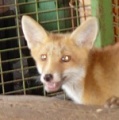 Name: Nudli
Name: Nudli
Geschlecht: Rüde
Geboren: 2012.03.01.
Virtuelle Adoption: Hat kein virtuelles Herrchen/Frauchen
Ich möchte ihn/sie virtuell adoptieren!
Frühere virtuelle Adoptionen zeigen
| Nick |
Ab |
Bis |
| Stankovits Leni |
2023.01.03. |
2023.02.03. |
Weiteres über das Tier ⇒
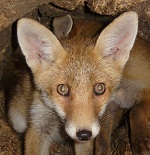 Name: Store
Name: Store
Geschlecht: Hündin
Geboren: 2012.03.01.
Virtuelle Adoption: Hat kein virtuelles Herrchen/Frauchen
Ich möchte ihn/sie virtuell adoptieren!
Frühere virtuelle Adoptionen zeigen
| Nick |
Ab |
Bis |
| Er/sie hat noch kein virtuelles Herrchen/Frauchen gehabt |
Weiteres über das Tier ⇒
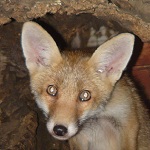 Name: Brico
Name: Brico
Geschlecht: Hündin
Geboren: 2012.03.01.
Virtuelle Adoption: Hat kein virtuelles Herrchen/Frauchen
Ich möchte ihn/sie virtuell adoptieren!
Frühere virtuelle Adoptionen zeigen
| Nick |
Ab |
Bis |
| Er/sie hat noch kein virtuelles Herrchen/Frauchen gehabt |
Weiteres über das Tier ⇒
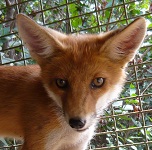 Name: Cleo
Name: Cleo
Geschlecht: Hündin
Geboren: 2012.03.21.
Virtuelle Adoption: Hat kein virtuelles Herrchen/Frauchen
Ich möchte ihn/sie virtuell adoptieren!
Frühere virtuelle Adoptionen zeigen
| Nick |
Ab |
Bis |
| Safranyik-Wohner Krisztina |
2025.05.14. |
2025.05.29. |
| Anna |
2022.11.01. |
2022.12.01. |
| Jacopo |
2020.12.09. |
2020.12.15. |
Weiteres über das Tier ⇒
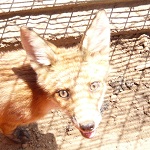 Name: Kozel
Name: Kozel
Geschlecht: Rüde
Geboren: 2012.03.21.
Virtuelle Adoption: Hat kein virtuelles Herrchen/Frauchen
Ich möchte ihn/sie virtuell adoptieren!
Frühere virtuelle Adoptionen zeigen
| Nick |
Ab |
Bis |
| Er/sie hat noch kein virtuelles Herrchen/Frauchen gehabt |
Weiteres über das Tier ⇒
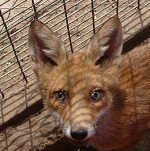 Name: Holstein
Name: Holstein
Geschlecht: Rüde
Geboren: 2012.03.21.
Virtuelle Adoption: Hat kein virtuelles Herrchen/Frauchen
Ich möchte ihn/sie virtuell adoptieren!
Frühere virtuelle Adoptionen zeigen
| Nick |
Ab |
Bis |
| Zsani >.< |
2024.08.12. |
2024.08.18. |
| Zsani >.< |
2024.06.25. |
2024.07.01. |
| Zsani >.< |
2024.05.10. |
2024.05.16. |
| Zsani >.< |
2024.04.13. |
2024.04.19. |
| Zsani >.< |
2024.03.13. |
2024.03.19. |
| Zsani >.< |
2024.02.08. |
2024.02.14. |
| Zsani >.< |
2024.01.17. |
2024.01.23. |
Weiteres über das Tier ⇒
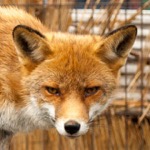 Name: Láncos
Name: Láncos
Geschlecht: Rüde
Geboren: 2010.01.01.
Virtuelle Adoption: Hat kein virtuelles Herrchen/Frauchen
Ich möchte ihn/sie virtuell adoptieren!
Frühere virtuelle Adoptionen zeigen
| Nick |
Ab |
Bis |
| Er/sie hat noch kein virtuelles Herrchen/Frauchen gehabt |
Weiteres über das Tier ⇒
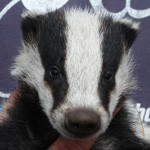 Name: Melák
Name: Melák
Geschlecht: Rüde
Geboren: 2010.03.15.
Virtuelle Adoption: Hat kein virtuelles Herrchen/Frauchen
Ich möchte ihn/sie virtuell adoptieren!
Frühere virtuelle Adoptionen zeigen
| Nick |
Ab |
Bis |
| Dr. Erdős László |
2023.03.09. |
2023.04.05. |
Weiteres über das Tier ⇒
|





 English
English
 Magyar
Magyar











